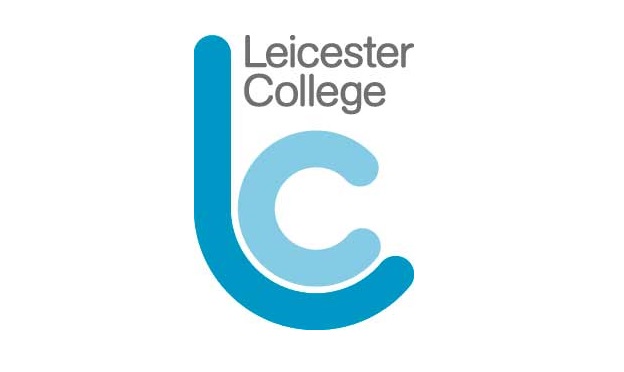The system of contextual admissions – taking students’ circumstances into account when making offers – exists to improve access to higher education for students who are capable but who have faced challenges and barriers during their school or college education. There is an acceptance that indicators should include considerations such as the school attended, where students live, if money is tight at home, if students’ parents went to university themselves, if students have been in care, and if students have cared for a family member (https://www.ucas.com/connect/blogs/what-contextual-admissions). But universities are free to compile their own lists of indicators and to apply them as they see fit. University websites provide information about contextual admissions but there is no consistency in how or where this information is presented and, to date, there has been no research into whether this information is understood by its intended audiences.
Uni Connect Pathways and Loughborough University collaborated to identify the most appropriate language, format and channels for communicating information about contextual admissions to three distinct audiences: widening participation (WP) students; the families of WP students; and school/college staff with remits to advise WP students about their educational and career options.
For Phase 1 of the study, focus groups were held with students (three groups involving 17 students attending a FE college, an 11-18 school, and an 11-16 school), parents (one group of five parents) and staff (one group of four staff) to gain an insight into how universities can best provide information about contextual admissions and widening participation. Focus group facilitators presented information from a variety of sources for participants to compare and contrast, and a topic guide was used flexibly to gauge participants’ preferences about the presentation of information in terms of language, format and location. An additional survey was developed to gain views from interested staff who could not attend the staff focus group (six responses). Participants’ views about the concepts and enactment of contextual admissions and widening participation were also discussed.
Findings reflect the complexity of the information, and participants were usually in agreement, both within and between the student, parent and staff audiences. Participants want information to be clear, with difficult terminology explained. They want succinct information that will not lead to confusion or misunderstandings, with access to more detail should they wish to read more. The opportunity to receive personalised information was important. Participants would like to see information that is presented in an attractive way that encourages them to stay engaged. Specific advice from the participants included:
1. Improving the clarity of the information by ensuring that, where contextual offer grades are presented, it is made clear that “You must meet additional criteria to be eligible for this offer. Click here to find out”.
2. Stating the question “What is a contextual offer?” and answering it fully, with a key for difficult terms.
3. Presenting information on webpages in a ‘bite size’ format, e.g. questions with +buttons that enables further content to become visible, whilst keeping the extensive yet necessary detail intact.
Both online and printed material were deemed important for different audiences, with a leaflet considered particularly helpful for parents. As well as providing information at widely-accepted touchpoints, such as in year 12 or year 1 of a level 3 FE course when students are making choices about universities, participants felt that information about contextual admissions should be introduced to students at a younger age: when making choices about level 3 courses, and even younger to reinforce student and family expectations that students can progress to university.
There was not complete agreement, however. There were a few dissenting voices who opposed contextual admissions, and others who, whilst supportive of the concept, felt that the enactment of the process could be improved with the use of non-judgemental language, and support prior, during and after admission to university.
Recommendations relate to the choice and use of language, the format of the information, the appropriateness of targeting, the location and timing of the information, whilst taking into account that there are different views about the legitimacy of widening participation and contextual admissions. The findings from Phase 1 of the study will be used by Pathways’ partner universities to create new literature and/or webpages. Phase 2 will comprise a second set of focus groups to ask students, parents and school staff for their opinions of the new resources and to identify effective channels for dissemination.
The 33 recommendations arising from the Phase 1 report can be summarised into seven key points:
- Ensure the information is clear and won’t lead to confusion or misunderstandings, and that difficult terminology is fully explained;
- Ensure that the layout is attractive and easy to use;
- Provide information to students at a younger age, when expectations about HE progression are being formed;
- Provide information from an impartial source (Uni Connect can help!), including video and PowerPoint slides with speaker notes;
- Bear in mind that information can change minds: make sure it’s thorough, non-judgemental, and clear;
- Ensure targeting is appropriate, and use schools/colleges and community groups to disseminate; and
- Bear in mind that not everyone agrees with WP or contextual admissions as concepts, or agrees with the way in which they are enacted.
Please find a pdf summary report here: Contextual admissions report exec summary and recommendations version 1 2021-05-05
For access to the full report, please email reach@leicester.ac.uk





